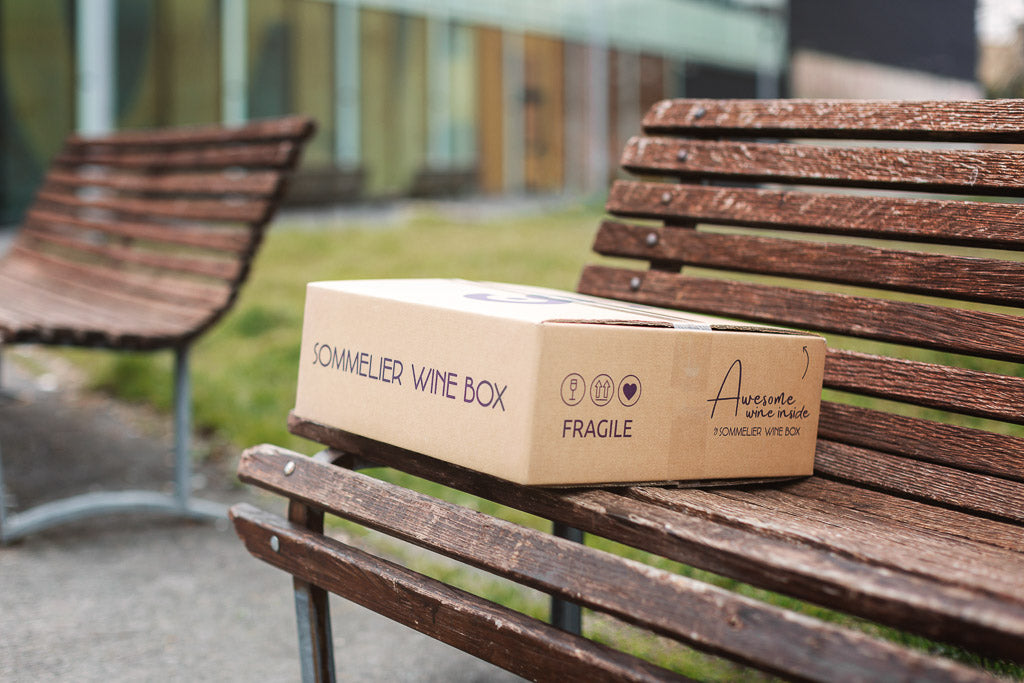In wine, moulds are bad. All of them, with the exception of the mythical Botrytis cinerea, the grey mould which, under special conditions, turns 'noble' and gives fine and unmistakable wines. Here is what you need to know about mildewed wines, in 7 points, so that you are not shocked at the next opportunity.
Moulded wines are indeed very valuable but not everyone is clear about how they are really obtained.
1. What is Botrytis cinerea?
It is a parasitic fungus that attacks grape berries during ripening.
2. How does this noble rot act?
It creates a coloured felt over the berries, which turn brown and wither through evaporation, resulting in a higher concentration of substances: sugars and aromas above all. In addition, Botrytis produces glycerine, which is responsible for the smoothness of the wine.
3. When does Botrytis cinerea develop?
Very rarely. Only under certain conditions of humidity and ventilation: when sun and heat alternate with humidity. For example in the case of morning dew or fog.
4. How does the winegrower deal with noble rot?
During the harvest, the bunches affected by Botrytis must be selected, down to the individual berry (the mould attacks the berries in an irregular manner). The result depends above all on the percentage of the bunches affected by noble rot that one manages to bring to the cellar. It is exhausting work that continues with long ageing.
5. How do you recognise mouldywines?
They are sweet wines, true pearls of goodness. In spite of the obvious differences from case to case, the colour tends to be golden, amber for the very developed ones. Muffato wines are unmistakable above all for the breadth and intensity of their aromas: dehydrated fruit, mango, yellow peach, honey, caramel, saffron... The sip is soft, well balanced by freshness.
6. Which wines does noble rot give rise to?
The most famous mouldy (or botrytised) wines are the Hungarian Tokaij, the French Sauternes, the unpronounceable Trockenbeerenauslese made in Austria and Germany. In Italy, the best known are those from Orvieto, but wines made from grapes attacked by noble rot are also widespread elsewhere, mainly thanks to the research of individual winemakers. Fattoria Zerbina is one of them.
7. What do mould wines go with?
Above all with dry pastries and blue cheeses.




